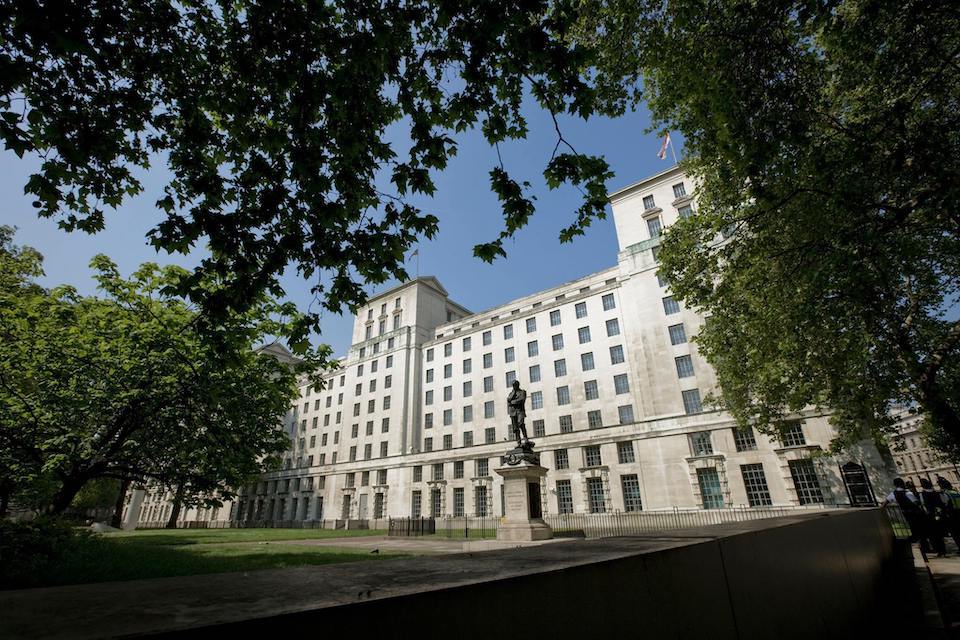Travel
Europe wants you to travel by train, so what’s the problem?

That answer is a lot more complex that many realise, and it needs an even greater intervention by the EU, who, as ever, hold the purse strings.
There are many factors, not least as this involves different countries, with different rail layouts, different power supply methods, different signalling systems. It’s a cocktail of problems that face the dream of high-speed rail across Europe.
Japan shows the way
Japan have been the world leaders in developing high speed rail travel, their bullet train is world famous. The advantage that Japan had was that its one country, one system and one basic train design. The longest route is Tokyo to Fukuoka, a journey that covers a distance of just a little over 1,000 km in under five hours.
Paris to Lisbon is a little over 1,450 km, but currently takes over 31 hours. That route covers three countries and three different systems and trains. Spain is making rapid progress on its own bullet trains and rail systems, so is France. Portugal is still very much behind, but some progress is being made on the Lisbon-Madrid connection.
Madrid Lisbon starting soon
Spain and Portugal have officially committed to building a high-speed line between Madrid and Lisbon by 2030. With no direct rail link between the two capitals, the journey can take up to twelve-and-a-half hours. That’s set to change as both nations continue to make “great progress” in developing the Atlantic Corridor. In fact, it is proposed that in 2025 a new sleeper service will be launched between Lisbon and Madrid, but although the journey time has been cut, it will still take around nine hours to cover just over 500 km. The Japanese system could do this in around two and a half hours. This shows what could be possible if the system could be fully integrated. Not easy but possible.
The approved proposal states: “The Portuguese Government is deepening negotiations with the Spanish Government for the reactivation, during the first half of 2025, of the Lusitânia and Sud-Expresso night train services, through the railway companies CP – Comboios de Portugal, EPE and Renfe.
History of high-speed rail in Europe
The development of high-speed rail in Europe can be traced back to the early 1980s, marked by the introduction of the French TGV (Train à Grande Vitesse). This initiative set a precedent for high-speed rail systems across the continent, showcasing the potential for trains to operate at speeds exceeding 300 kilometres per hour. Following the success of the TGV, several European countries embarked on their own high-speed rail projects, leading to the establishment of extensive networks. Notable milestones include the inauguration of Spain’s AVE (Alta Velocidad Española) in 1992, which connected Madrid to Seville, and the launch of Italy’s Frecciarossa in 2009.
A comparative analysis reveals varying degrees of development among nations; for instance, France and Spain have extensive high-speed rail systems, while countries like the United Kingdom and Portugal have been slower to adopt such initiatives, relying largely on upgrades to existing rail infrastructure. This historical context highlights not only the technological advancements but also the competitive dynamics among European nations striving to enhance their transport capabilities.
Many challenges despite the progress
Despite its successes, the future of high-speed rail in Europe is not without challenges. Financial constraints and political hurdles often hinder the initiation and completion of new projects. Countries face significant investment requirements, and varying political priorities can lead to delays or cancellations of proposed lines. Additionally, the impact of environmental concerns is becoming increasingly relevant; while high-speed rail is generally more sustainable than air travel, the construction of new lines still poses ecological risks.
Efforts to integrate high-speed rail into a broader, more sustainable transport network are ongoing, with discussions around the potential for expanding services to underserved regions. Predictions for the future indicate a trend toward greater collaboration among European nations to develop an interconnected high-speed rail system, thus addressing both capacity issues and the need for a unified approach to sustainable transport. As the continent grapples with these challenges, the vision of a seamless high-speed rail network remains a tantalizing prospect.
Take the train not the plane
Great theory, but in reality, the challenges are great. One of those is price. The low-cost airlines are masters at offering highly compatible ticket prices. Sustainability and communications consultant Jo Geneen, based in Amsterdam wrote “As a consumer, how can we make the right decisions? When you’re faced with routes that are four or five times cheaper to fly, it’s so hard to do the right thing.”
Train companies are their own worst enemies
Travel writer Tess Longfield wanted to ditch the plane for the train. She bought the Eurostar tickets nine months ahead of the trip, the internal French rail tickets weren’t available – typically you can’t buy European train tickets more than six months in advance. They sold out immediately on the day they became available, leaving her with no option but to cancel the Eurostar tickets and book a flight instead.
“I’m trying to live a more sustainable life,” she said, “And I felt embarrassed. I felt ashamed that I ended up flying. I don’t mind spending more or it taking more time to arrange – I really wanted to do it by train.”
Air travel companies will sell you a ticket hours before departure, online, quick and simple. Ticket costs vary of course, but it’s available and uncomplicated. The train companies need to really get their act together, otherwise they can’t compete, and many of us want them to. It’s not just the rails and the trains, it’s the whole marketing plan. To offer us sustainable travel, but at a high price isn’t going to work.
Resident in Portugal for 50 years, publishing and writing about Portugal since 1977. Privileged to have seen, firsthand, Portugal progress from a dictatorship (1974) into a stable democracy.

Paul Luckman
Disclaimer:
The views expressed on this page are those of the author and not of The Portugal News.










